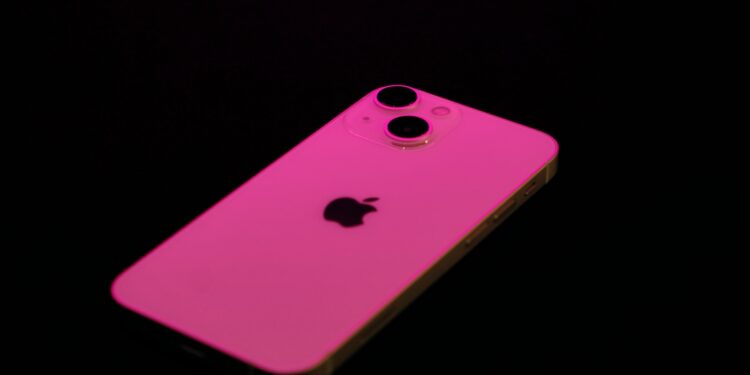Apple is facing one of the biggest design updates in its history. iOS 19 brings a comprehensive overhaul of the user interface. The new features affect not just individual apps, but the entire system. Bloomberg's Mark Gurman spoke openly for the first time about the most important changes in a live Q&A. The result is clear: iOS 19 will be significantly different—and likely set the tone for the years to come.
Mark Gurman is considered a well-informed source when it comes to Apple. His reports on upcoming updates usually appear in official Bloomberg publications. However, a few days ago, he had the opportunity to speak more freely about iOS 19 in a casual conversation. He was asked specifically about the planned design changes and revealed some details that hadn't been made public until now.
A new, uniform design
Gurman emphasizes that the redesign is primarily aimed at consistency. Until now, there have been significant differences between iOS, iPadOS, and macOS—in buttons, menus, icons, and dock elements. With iOS 19, iPadOS 19, and macOS 16, Apple aims to standardize this. Controls, menu bars, buttons, and other interface elements should look and behave similarly across all systems. The goal is a consistent design language, regardless of whether you use an iPhone, iPad, or Mac. This alignment also applies to navigation, for example, the behavior of hamburger menus or close buttons (via Bloomberg).
The new glass effect
According to Gurman, a key visual feature of iOS 19 is the so-called glass effect. This isn't just about transparent surfaces. The user interface is designed to appear more three-dimensional and dynamically adapt to your movements. Similar effects already exist in visionOS and tvOS. When you move your iPhone in your hand, UI elements might move slightly or adapt. This kind of feedback can't be captured in a screenshot—you'll only really notice the difference when you use it.
Focus on user-friendliness
Another important aspect, according to Gurman, is improving the user experience. Many elements of the user interface are being redesigned to make them more understandable and modern. Apple is particularly keen to appeal to new users who are using the system for the first time. At the same time, the design should not appear cluttered, but rather clearer and more functional.
New look for Apple apps
When asked whether every Apple app will get the new design, Gurman answers cautiously. He assumes that the core applications will definitely be updated—apps like Messages, Mail, Safari, Photos, and Settings. Interface elements in these apps will be reworked to better fit visionOS and blend harmoniously into the new overall look. Gurman leaves open whether every app will be converted immediately. However, it can be assumed that all standard apps will adopt the new design in the medium term.
The biggest redesign since iOS 7
Gurman calls iOS 19 the biggest redesign since iOS 7 – and that was back in 2013. Back then, the interface was completely redesigned and made more flat. This time, it's not about a new look for the sake of a new look, but rather a fundamental overhaul with a clear focus: more consistency, more dynamics, and better usability. This also means you might have to get used to it a bit. But Gurman is convinced that most users will respond positively to the new design – precisely because it appears more modern, more sophisticated, and more technically sophisticated.
iOS 19 is more than just a fresh design
iOS 19 isn't just a minor update, but a profound visual and functional change. If you use multiple Apple devices, you'll immediately notice the new consistency between iOS, iPadOS, and macOS. The new glass effect creates a more vibrant interface, and the redesigned apps are designed to make things easier for you. This won't be an update you'll just install casually—it'll be one that will noticeably change your iPhone. (Photo by Unsplash / Quinn Battick)
- iOS 19 brings new design with glass look – what is known so far
- Apple Watch: When will blood glucose monitoring without a prick be possible?
- Apple plans AI coach: Health app becomes more personal





